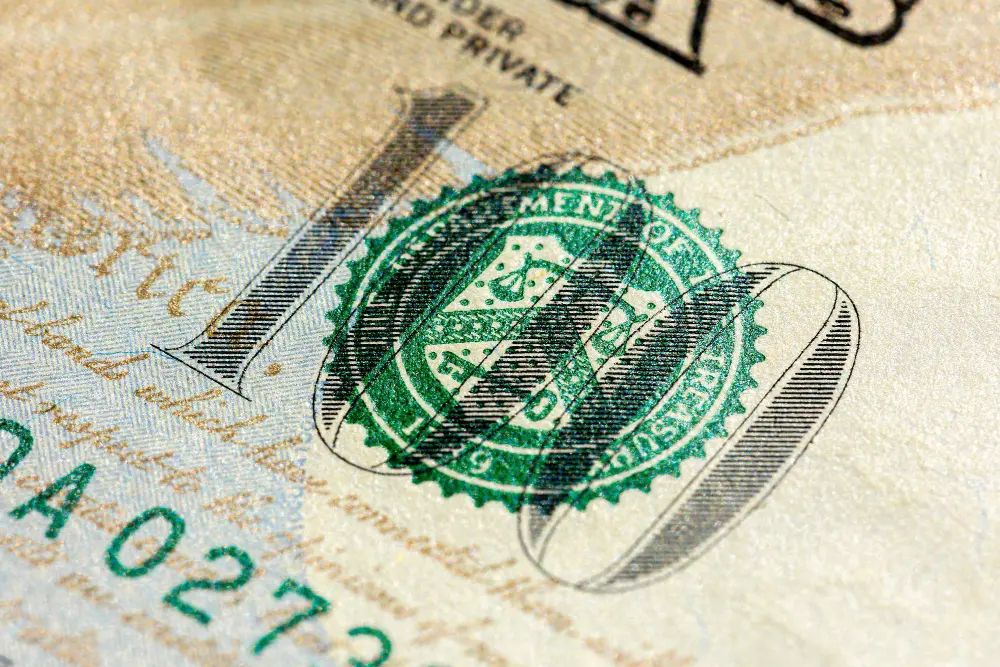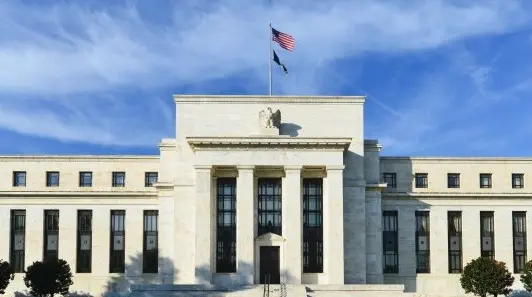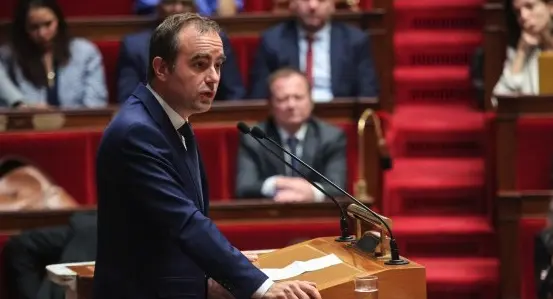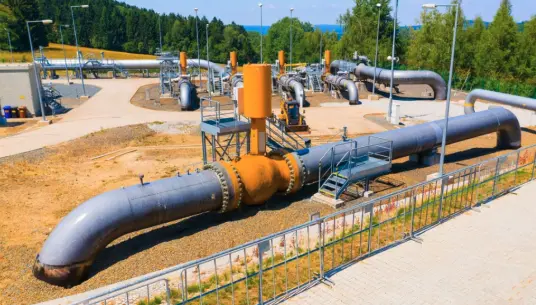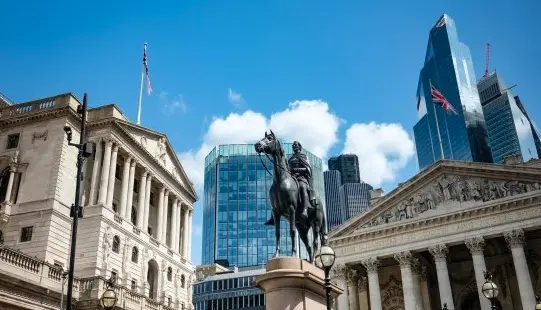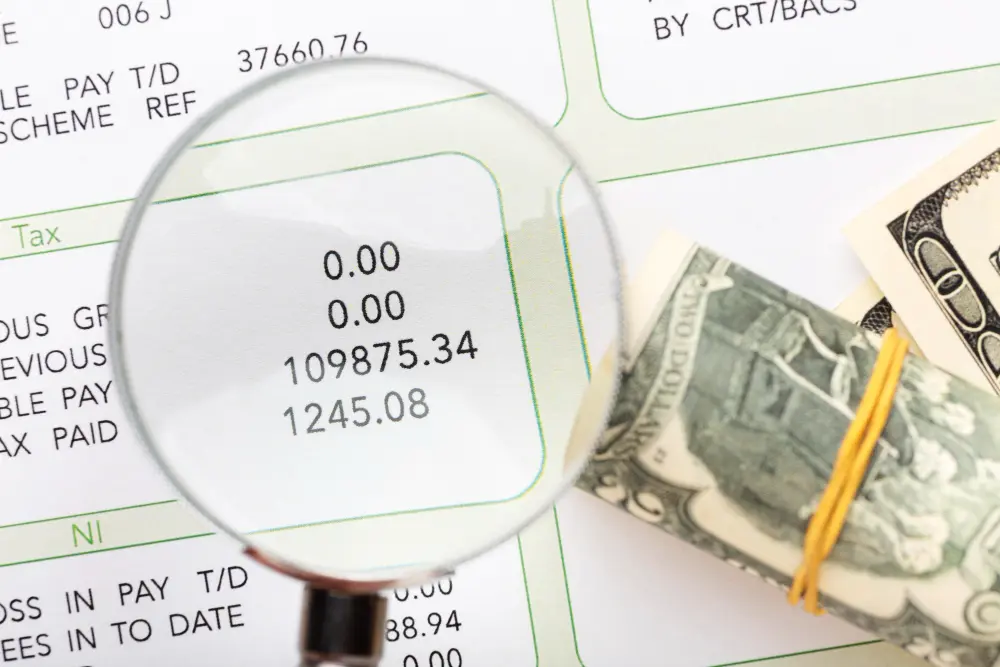easyJet Q2 23 – 18/04 – the easyJet share price, along with other airline share prices has got off to a good start this year, although it has struggled to move above the highs that we saw in the wake of its Q1 numbers back in January.
Last year the airline posted a full-year pre-tax loss of £178m while saying that the outlook for 2023 was much more encouraging, and January's trading update supported that assertion, with the airline raising its profit outlook. On the plus side, the sector won't have to contend with the disruption and capacity constraints that hindered last year's performance and drove up costs, as well as cancellations. Passenger numbers in Q1 rose to 17.48m from the 11.89m a year ago, with revenue per seat rising 36% year on year. The load factor for Q1 was 87%, a 10% rise from a year ago, but still below the levels pre-pandemic when it was running at 91.5%. Optimism is high that easyJet holidays will be able to add strength to the bottom line and the early signs are encouraging with the business adding a £13m profit during Q1, even as the wider business posted a Q1 loss of £133m before tax. Guidance here was raised from 30% growth to circa 50% year on year, with bookings for it and the airline delivering record revenue days during January. For H1, easyJet says it still expects to book a loss, albeit it should be significantly lower than the same period a year ago. Guidance was kept unchanged for H1 seats with the airline saying it expects to fly around 38m seats in H1 of 2023, a 25% increase year on year, and 56m seats in H2, a 9% increase year on year.
Goldman Sachs Q1 23 – 18/04 – it's been a tough quarter for the US banking sector, with all the concerns over the collapse of Silicon Valley Bank, Signature Bank, and the problems at First Republic.
It was only 6 months ago that the prospect of increased margins was helping to drive bank share prices higher as interest rates normalised. Now we know that the spillover effects of rising rates is much more nuanced and that the sharp increase in rates is causing some financial instability. When the bank reported in January there was a mixed reaction to the numbers. Q4 revenues came in at $10.59bn, below expectations of $10.7bn. On the various business units, equities trading revenue fell 5% to $2.07bn, while FICC performed well with $2.69bn, an increase of 44% from a year ago, while advisory also did well. That was where the good news ended, with its retail banking unit losing almost $2bn over the year. Asset and wealth management revenue also fell by over 25% to $3.56bn. Loan loss provisions were increased by another $972m. The bank's costs also went up during Q4, rising by 11% to just over $8bn, although on the year they were slightly lower, coming in at $31.16bn for 2022. At the investor day back in March the bank laid out its plans to reinvigorate the business, as well as looking to turn around the losses of $4bn in its consumer banking unit which it was acknowledged wouldn't break even until 2025. Profits are expected to come in at $8.60c a share, but the main focus is likely to be on the outlook as the US economy starts to slow.
Tesla Q1 23 – 19/04 – earlier this year the Tesla share price hit its lowest level since August 2020, as a combination of concerns over rising costs, increased competition, and the focus of its CEO Elon Musk on the business saw the shares plunge from peaks of $400 at the start of 2022 to as low as $102 at the start of this year.
We've seen a modest recovery since then to just shy of the 200-day SMA which is acting as a barrier to further gains for the time being. The company is still selling record numbers of new vehicles. Having delivered 405,278 in Q4 the numbers in Q1 showed a modest increase to 422,875. In 2022 total revenues rose 51% to $81.5bn, of which $71.46bn was automotive sales. Automotive gross margins in Q3 came in at 27.9%, and fell to 25.9% in Q4, a decline of 466bp year on year. Despite the pressures from rising costs, gross profits rose by 13% year on year to $5.5bn in Q4. Tesla also confirmed that it remained on track to build its new Cybertruck in Austin later this year. At the time of those Q4 numbers CEO Elon Musk expressed confidence that, while the aim for Tesla was to make 1.8m vehicles this year, a figure of 2m was possible. Musk went to great lengths to assure investors about demand saying that orders had been coming in at twice the rate of production since the recent price cuts were announced. Given that Q1 only saw a modest increase in deliveries, despite recent price cuts, one has to question whether Tesla will be able to deliver on the 1.8m ambition, let alone 2m deliveries. On automotive gross margins, it is expected that they should stay above 20%, however, this forecast did have a huge element of uncertainty around it. Profits are expected to come in at 0.87c a share.
Netflix Q1 23 – 18/04 – the recovery in the Netflix share price since the 5-year lows last year has started to stall over the last quarter, having hit a 9=month high in January in the wake of the Q4 numbers which saw Q4 revenues beat expectations, coming in at $7.85bn, as did paid subscriber numbers which blew through forecasts, coming in at 7.66m rising to 230.75m, an increase of 4% year on year, with 3.2m coming from the EMEA region.
Profits on the other hand came in short at $0.12c a share, or $55m, which the company put down to a $462m unrealised loss on their euro non-denominated debt due to the depreciation of the US dollar against the euro during Q4. Operating margin came in at 7%, which was at the upper end of expectations, and unlike Q4 the previous year Netflix was able to deliver positive cash flow in Q4 of $332m. Total revenue for 2022 came in at $31.62bn while operating expenses rose to $25.99bn cutting its annual operating margin to 17.8% from 20.9%. As indicated in the Q3 shareholder letter Netflix is no longer offering guidance on subscriber numbers, but it would be rolling out paid sharing in Q1, which might prompt some cancellations in the short term, as it looks to crack down on password sharing. In a nod to having to cut costs, Netflix announced last month that it would be cutting film output and streamlining its business model. The company has said it intends to consolidate the unit which produces small and medium size films which in turn will result in some job losses, as it looks to cut costs and improve its margins. For Q1 23 Netflix says it expects to generate revenue of $8.17bn and profits of $1.27bn or $2.82c a share.
Read next: UK economy: March CPI inflation to be released this Wednesday| FXMAG.COM
